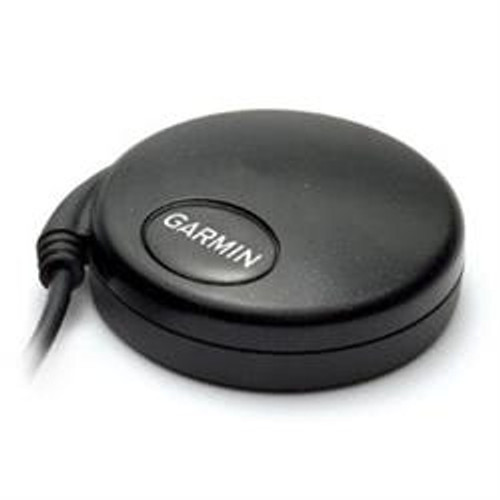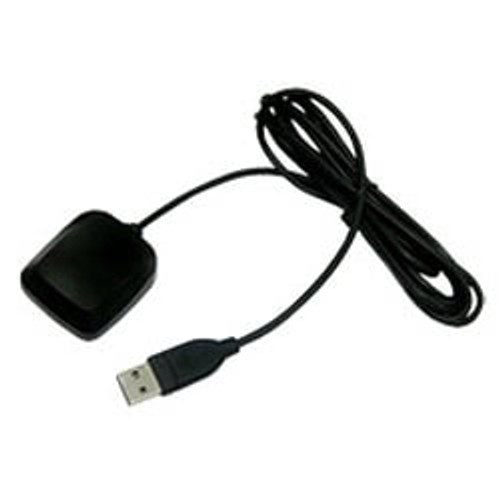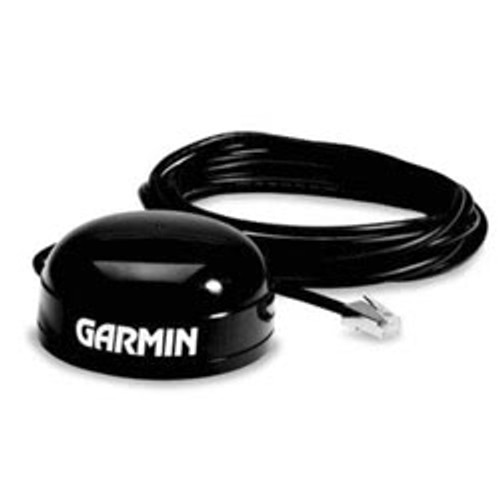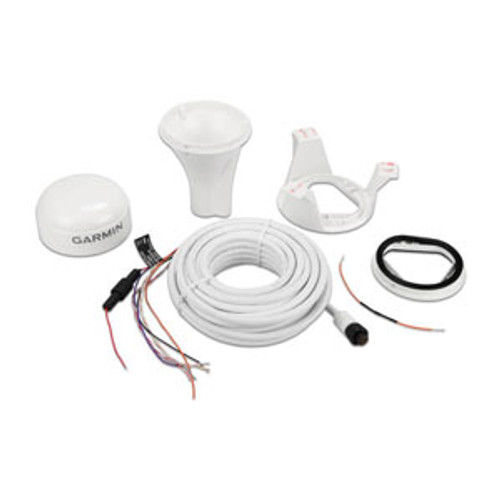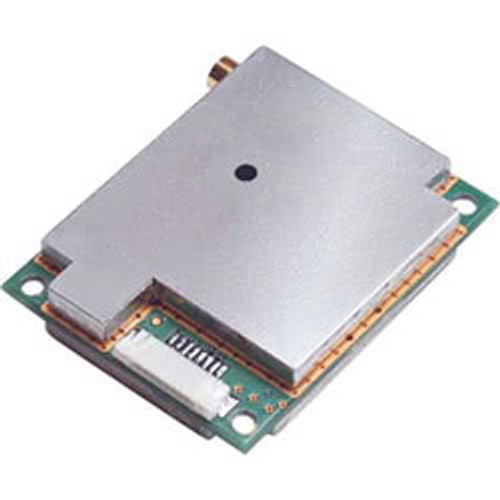Understanding OEM GPS and Navigation Systems
Original Equipment Manufacturer Global Positioning Systems, commonly referred to as OEM GPS, are a form of GPS that can be natively integrated into different vehicles and interfaces.
It’s functionally the opposite of a traditional aftermarket GPS, which is not directly integrated into vehicles or systems.
While aftermarket OEM GPS devices exist, they still work differently to traditional aftermarket GPS units. OEM GPS can be literally wired into the computer system of a vehicle to enhance its capabilities.
Benefits of OEM GPS Systems
The key benefits of OEM GPS systems are that they can be utilised to enhance the capabilities of existing systems and broaden what can be done. Integrating an OEM GPS with a vehicle’s other systems means they can directly talk to one another.
You could benefit from live traffic updates that previously weren’t possible, just as one example. And when directly embedded, OEM GPS can enhance other features such as your heads-up display, audio, climate control, weather tracking, and more.
Through direct integration, it usually means the GPS’s features are embedded into the vehicle’s default OS. These features can be directly controlled with the vehicle’s touch screen, buttons, etc.
Outside of vehicles, OEM GPS systems can be embedded into a whole host of systems. With the right expertise, you can embed them into:
- Drones and unmanned aerial vehicles
- Agricultural and marine equipment
- Surveying and mapping equipment
- Robotics
- Military and defence applications
Choosing the Right OEM GPS System
Get the right OEM GPS system for your needs by viewing the wide range available at Johnny Appleseed GPS. Whether you’re looking to integrate it into a vehicle or any other hardware, we’ve got a solution to match your needs.
FAQs About OEM GPS
As noted, OEM stands for Original Equipment Manufacturer.
A simple example of an OEM GPS would be the GPS that’s directly integrated into a vehicle by its manufacturer. When the GPS is made/integrated by the same manufacturer as the vehicle, then this would qualify as an OEM GPS.
But OEM doesn’t just refer to GPS that’s been natively integrated into vehicles or other location-tracking devices. You can integrate OEM GPS into various interfaces and hardware (vehicles, fleets, driver assistance systems, etc.) to bring about additional navigational capabilities that weren’t previously available.
Those with the necessary know-how can integrate OEM GPS into a wide range of settings, even for specific custom purposes. For example, OEM GPS devices can be integrated into custom robotics so that the robots can navigate obstacles, recognise landmarks, and move through public spaces.
The key difference between OEM navigation and typical aftermarket GPS devices you may be used to (e.g. using a smartphone GPS while driving) is how these systems are integrated.
OEM navigation can be directly integrated with a vehicle’s other systems, such as real-time traffic updates, advanced route planning, and safety and driving assistance systems.
Aftermarket GPS devices remain separate from the vehicle and do not integrate with its proprietary systems.
In general, OEM GPS systems can be integrated into a wide range of vehicles and custom projects, but this does not necessarily mean all vehicles are compatible.
For newer vehicles, directly embedding an OEM GPS tends to be easier than it is with older vehicles. This is because modern vehicles are more likely to have the necessary hardware and systems into which an OEM GPS can be more seamlessly integrated.
Keep in mind that installing and properly integrating an OEM GPS into a vehicle tends to require specialised knowledge. So, if you don’t know how to install such a unit, you should have a professional handle it - this could be a specialised GPS installer or a mechanic with direct experience in integrating new components into a vehicle’s computer systems.




